 Abraham Lincoln
If given the truth, the people can be depended upon to meet any national crisis...
Abraham Lincoln
If given the truth, the people can be depended upon to meet any national crisis...
 Guildford news...
for Guildford people, brought to you by Guildford reporters - Guildford's own news service
Guildford news...
for Guildford people, brought to you by Guildford reporters - Guildford's own news service
Birdwatcher’s Diary No.279
Published on: 19 May, 2023
Updated on: 21 May, 2023
By Malcolm Fincham
As we entered another month the bright yellow colours of April’s daffodils and lesser celandine began to dissolved within the caeruleus hue of bluebells about the Surrey countryside.
Although temperatures were improving marginally during the first weeks of May in the home counties of the UK, the weather remained inclement with limited opportunities to get out and about with my camera. Despite such restrictions, on the whole, my ventures were surprisingly rewarding during the time allowed.
The first of my trips was beyond the Surrey borders on an overcast but dry May 2. This was to Oxfordshire, in the company of good friend Bob, on what had become an annual trip to the wildlife haven of Otmoor RSPB.
This allowed me the opportunity to add a few new sightings of some birds rarely seen within the Guildford area, as well as adding a few that I had not yet seen locally this year.
A cacophony of chattering song could be heard from both reed and sedge warblers within the reeds themselves, now springing new green shoots within the old stems of last year’s growth, along the ditches beside the path.
The expansive floodplains and grazing marsh make it home to a variety of waders, including common cranes, counting at least five while there.
Breeding out on the marsh were common redshanks, common snipe, while lapwings could also be picked out.
A curlew alerted us by its call as it flew overhead.
Over the marsh, a great white egret could be viewed in flight.
And at least two marsh harriers could be seen hunting over the reed beds.
Out of view among the reeds at least two bitterns could be heard ‘booming’.
While at least two newly arrived cuckoos could be heard calling from beyond the treeline.
The hedgerows were bustling with a variety of songbirds and warblers, these included both lesser whitethroats and common whitethroats.
A garden warbler, in full view, also sang its little heart out for all to see and hear.
And we even got a rather cryptic view of a Cetti’s warbler, one of many heard that day in song.
While several male reed buntings were also in song.
My personal ‘bird of the day’ had to be when we were alerted to the ‘reeling’ sound of a grasshopper warbler as we made our way back to the car at the end of our visit.
To our total surprise, this usually skulking little bird was perched out in the open for well over three minutes on a small clump of bramble seemingly without a care in the world and singing at the top of his voice.
Thus allowing me to get what are, undoubtedly, my best photos to date of one.
In addition, we saw our first swifts of the year.
As well as getting views of our first hobbies of the year, three in total.
Back in Guildford, it wasn’t until May 4 that I saw my first local swifts of this year, in the evening sky over Stoughton.
On Thursley Common on May 4, several male common redstarts could still be heard singing.
While ‘parachuting’ tree pipits were still in fine voice, sounding as if their ‘batteries’ were running low as they drifted down gently from the sky.
And the resplendent sounds of woodlarks overhead were joined by the distant sound of a skylark, as I walked the heathland.
A male stonechat perched on a dead tree stump.
While its partner sat up on a nearby gorse bush, now in flower. Also getting my first brief Surrey view of a hobby while there.
Britten’s Pond for the first week of May received its annual visit of a pair of common terns, spending much of their time feeding up on the plentiful supply of small fish.
Often the male could be seen doing the majority of the fishing, showing off his expertise, frequently seeing his partner got a share of the spoils. Thus proving that ‘one good tern deserves another!’
Unfortunately, with no suitable place on the islands to nest, and no tern raft provided, eventually they moved on.
With small fry abundant, there was always enough for the kingfisher when he arrived.
It was also that time of the year when it seems I get a lucky photo of one of the larger fish breaching the surface, on the far side of the pond. Possibly too big even for the regular visiting cormorants.
Along the banks of the pond a few more of the Canada geese were proudly displaying their goslings.
While in and about the pond, several more groups of mallard ducklings could be viewed.
Elsewhere in Surrey, Chiddingfold Forest gave me the opportunity of adding a few more butterflies to this year’s sightings.
Despite it continuing to be mostly overcast, there were a few breaks in the clouds while there in the company of Bob and Dougal.
We managed to find two wood white butterflies on the wing.
A brief spell of sunshine helped to reveal three painted lady butterflies within a small glade that we searched.
I was also able to add a photo of a female orange-tip butterfly to my list.
And although having already seen speckled woods, it was nice to add a few fresh photos.
Early in the afternoon of May 9 I was alerted that a hoopoe had been sighted at the south-east corner of Frensham Little Pond. Although widespread in Europe these birds are quite a rarity in the UK.
Over the years they have become what one might call “my ‘bogie’ bird”, having made several attempts to see one and failed.
Not having my car that day, I was most grateful that Bob volunteered to pick me up. On our arrival we were informed it hadn’t been seen for over an hour, while more than half a dozen birdwatchers continued to search the surrounding areas. All this as another heavy shower of rain passed through to dampen my hopes some more.
Eventually, someone spotted it on the east side of the lake! Getting to the area as quick as my legs would allow, I first saw it in flight, noting its woodpecker-like, undulating flight pattern, pale orange colour and broad wings as it headed away from me.
It followed a line of fir trees and then kindly turned back toward the lakeside, eventually settling to feed on some wood ants and for long enough for me to take a few photos.
Preceding weeks of precipitation including at the Riverside Nature Reserve, near Burpham, had given a fresh and lush look to its landscape as the last of the trees began to come into leaf.
Hawthorns, already in leaf, were now displaying their ‘Mayflower’ blossom.
By the lakeside one of several reed warblers could be heard singing as it showed periodically among the old reed stems.
A sedge warbler could also be viewed nearby.
A variety of songbirds could be heard along the boardwalk, picking out a singing common whitethroat.
And a female reed bunting to add to the day’s photos.
I also managed to photograph my first green-veined white butterfly of the year.
At Stoke Lock, a laburnum tree was now in full blossom and close to the lock gates two cormorants fished.
Red kites continued to be regularly viewed. I was rather pleased to end another day with close views and photos of one in fine plumage as it perched on a nearby tree.
On Surrey heathlands nightjars had made their return, counting three while on a late evening visit to Whitmoor Common.
Recent Articles
- Guildford Institute’s Crowdfunding Project for Accessible Toilet in its New Community and Wellbeing Centre
- Letter: Guildford – Another Opportunity Missed?
- Letter: GBC’s Corporate Strategy – Where Is the Ambition?
- My Memories of John Mayall at a Ground-breaking Gig in Guildford Nearly Six Decades Ago
- Westborough HMO Plans ‘Losing the Heart of the Street’ Says Resident
- College Invests to Boost Surrey’s Economy and Close Digital Skills Gap
- Community Lottery Brings Big Wins for Local Charities
- GBC Housing Plan Promises ‘A Vibrant Urban Neighbourhood’ Near Town Centre
- Hospital Pillows ‘Shortage’ at the Royal Surrey
- Updated: Caravans Set Up Camp at Ash Manor School


Search in Site
Media Gallery
Dragon Interview: Local Artist Leaves Her Mark At One of England’s Most Historic Buildings
January 21, 2023 / No Comment / Read MoreDragon Interview: Lib Dem Planning Chair: ‘Current Policy Doesn’t Work for Local People’
January 19, 2023 / No Comment / Read MoreA3 Tunnel in Guildford ‘Necessary’ for New Homes, Says Guildford’s MP
January 10, 2023 / No Comment / Read More‘Madness’ for London Road Scheme to Go Ahead Against ‘Huge Opposition’, Says SCC Leader
January 6, 2023 / No Comment / Read MoreCouncillor’s Son Starts Campaign for More Consultation on North Street Plan
December 30, 2022 / No Comment / Read MoreCounty Council Climbs Down Over London Road Works – Further ‘Engagement’ Period Announced
December 14, 2022 / No Comment / Read MoreDragon Interview: GBC Reaction to the Government’s Expected Decision to Relax Housing Targets
December 7, 2022 / No Comment / Read MoreHow Can Our Town Centre Businesses Recover? Watch the Shop Front Debate
May 18, 2020 / No Comment / Read More





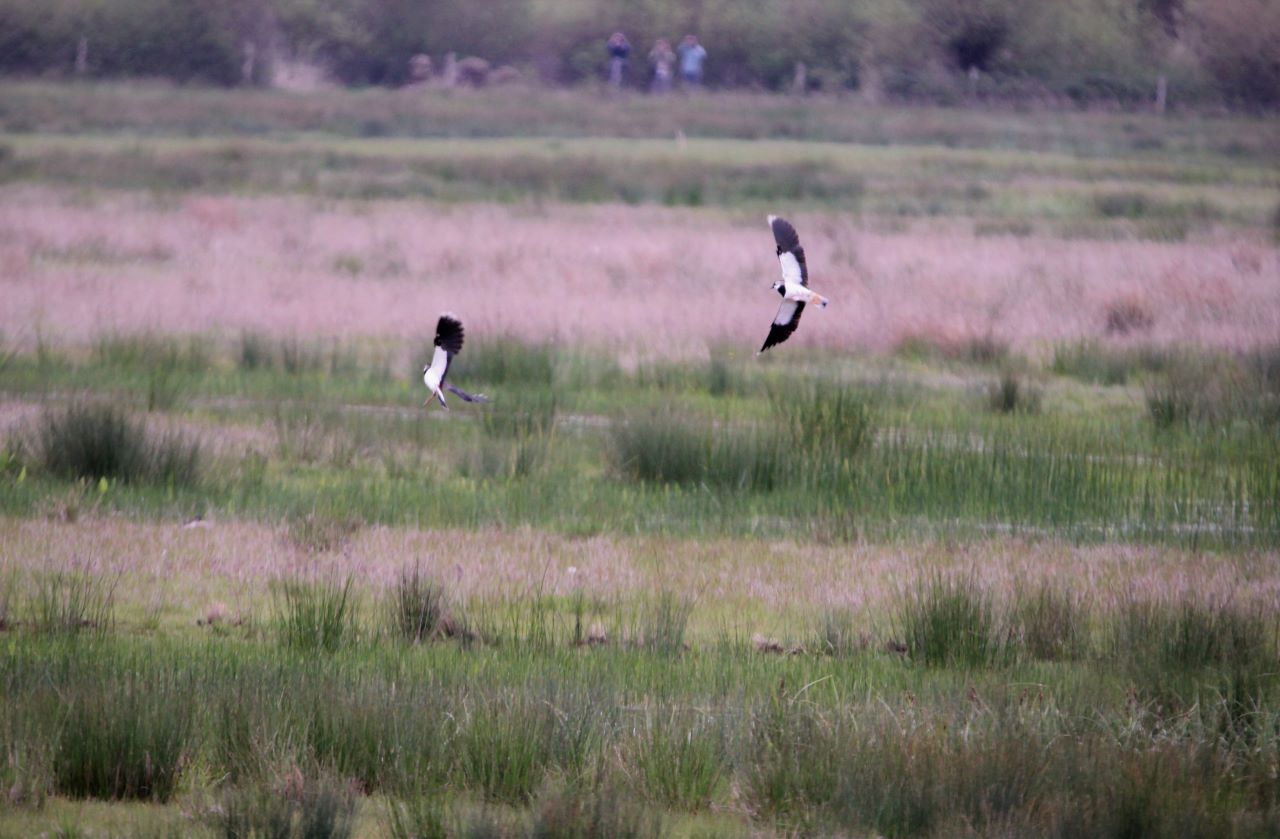
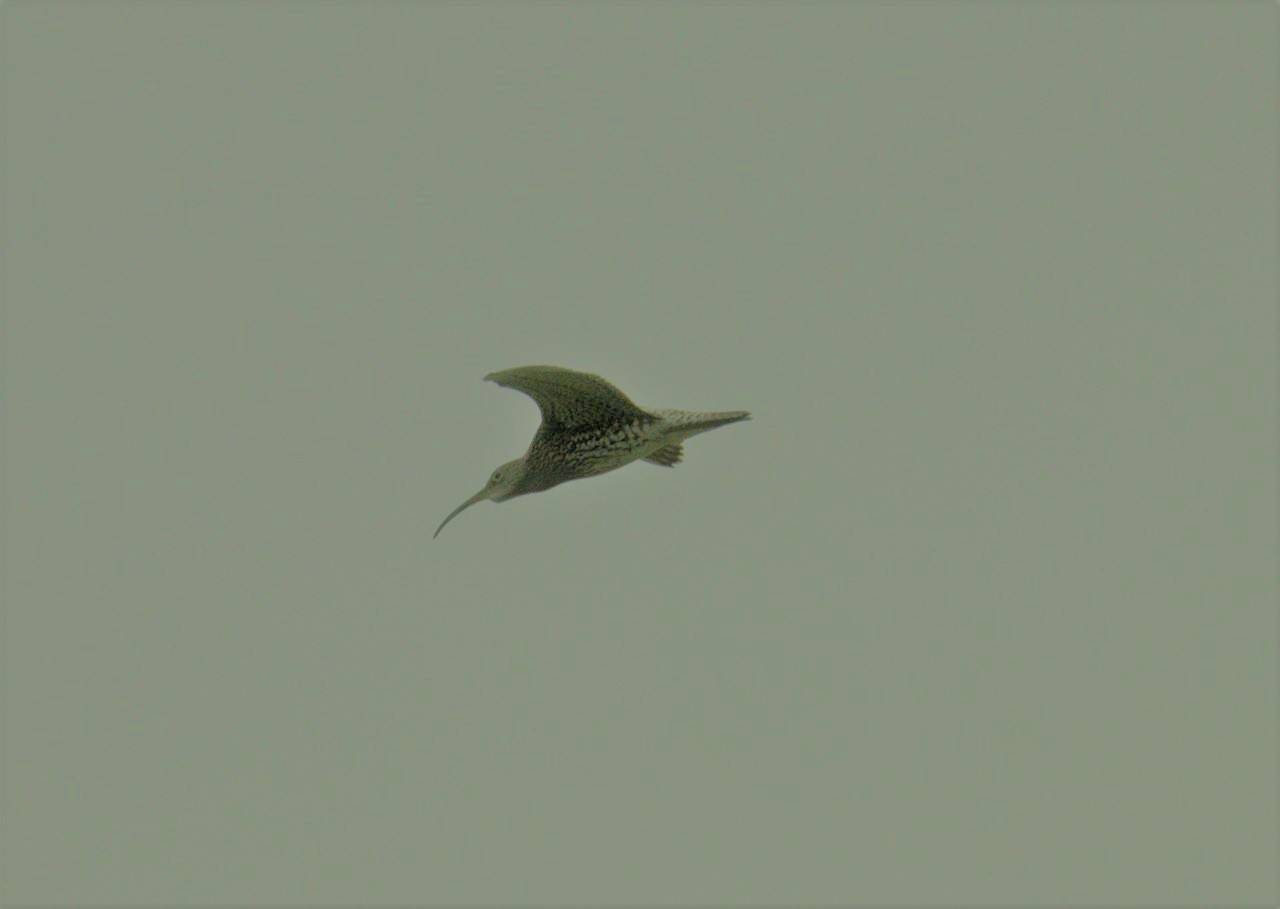
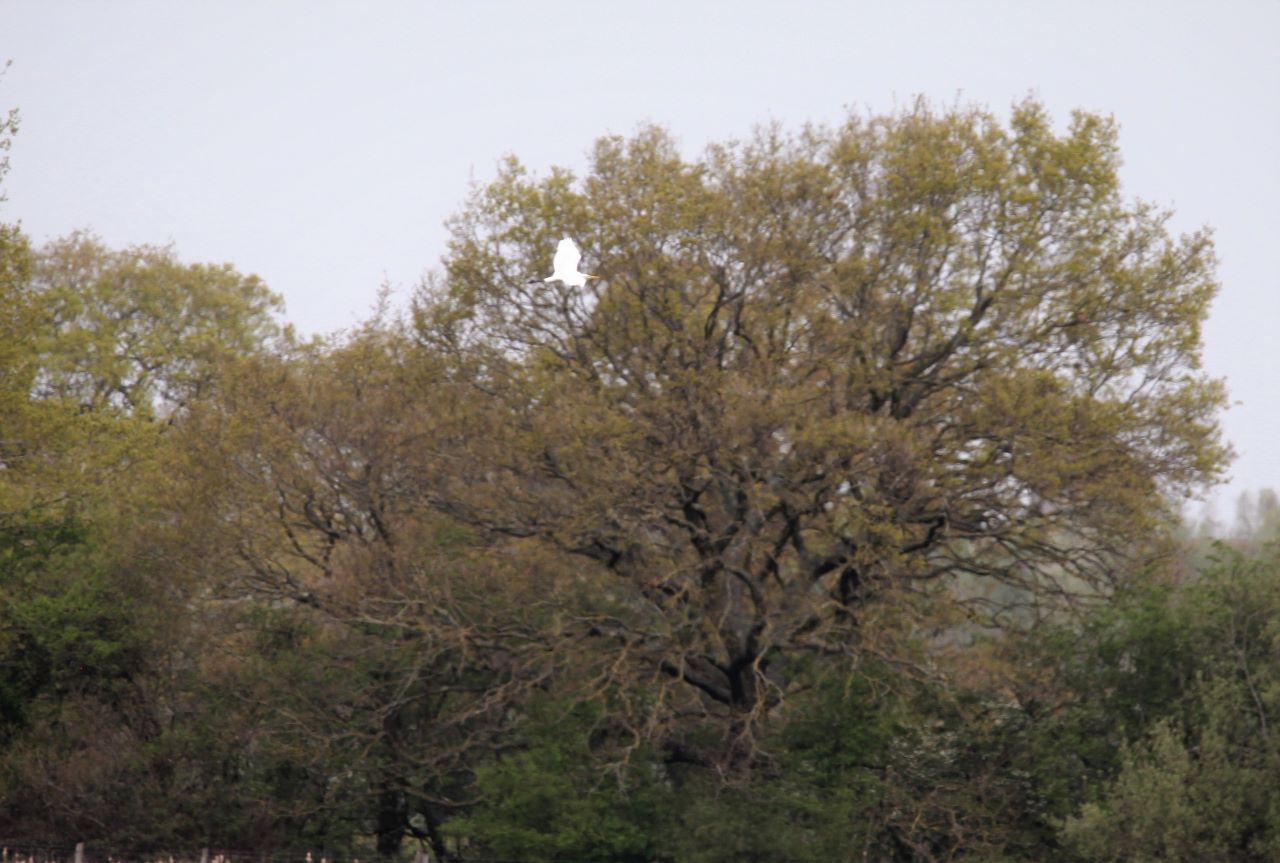


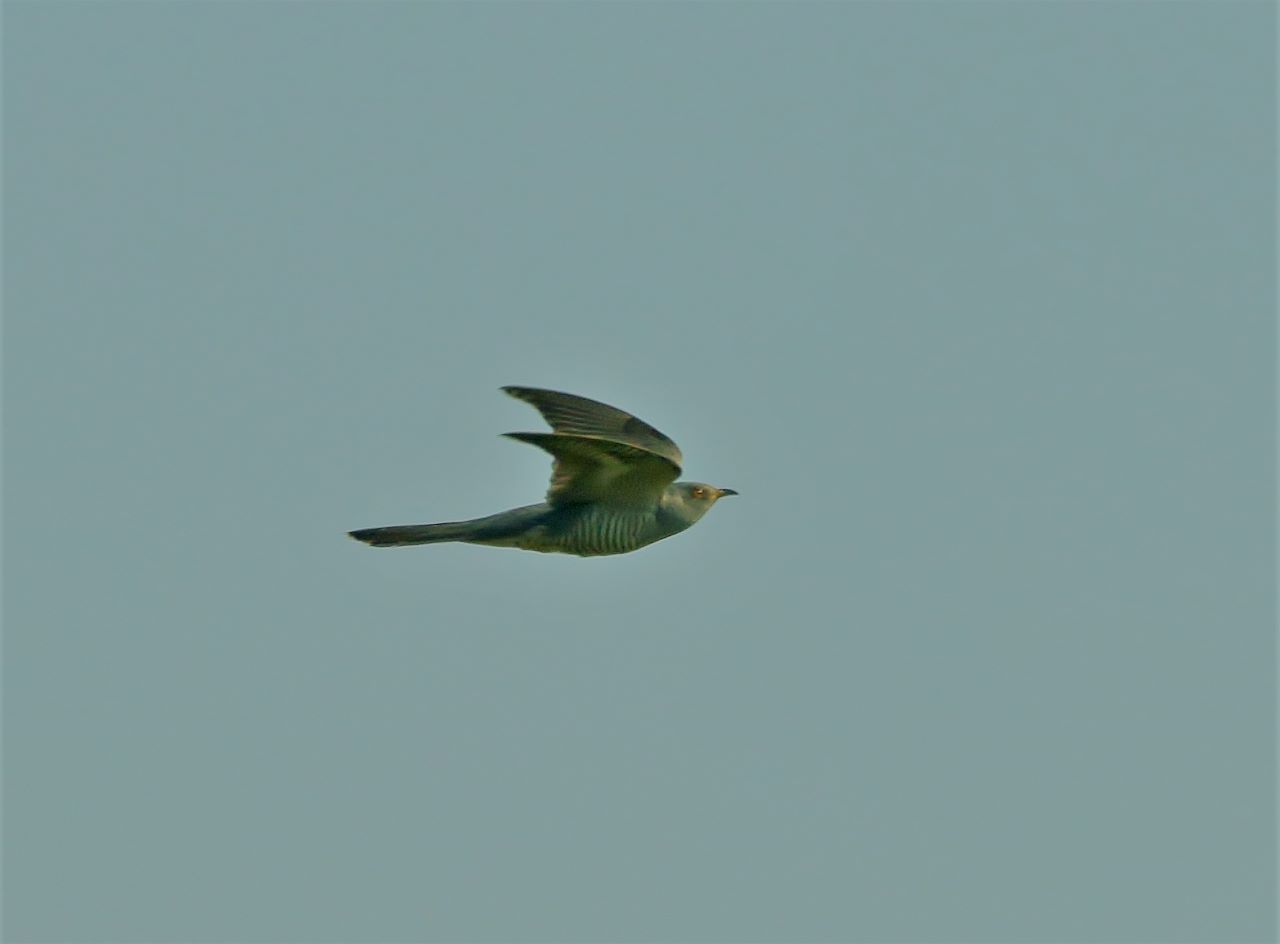
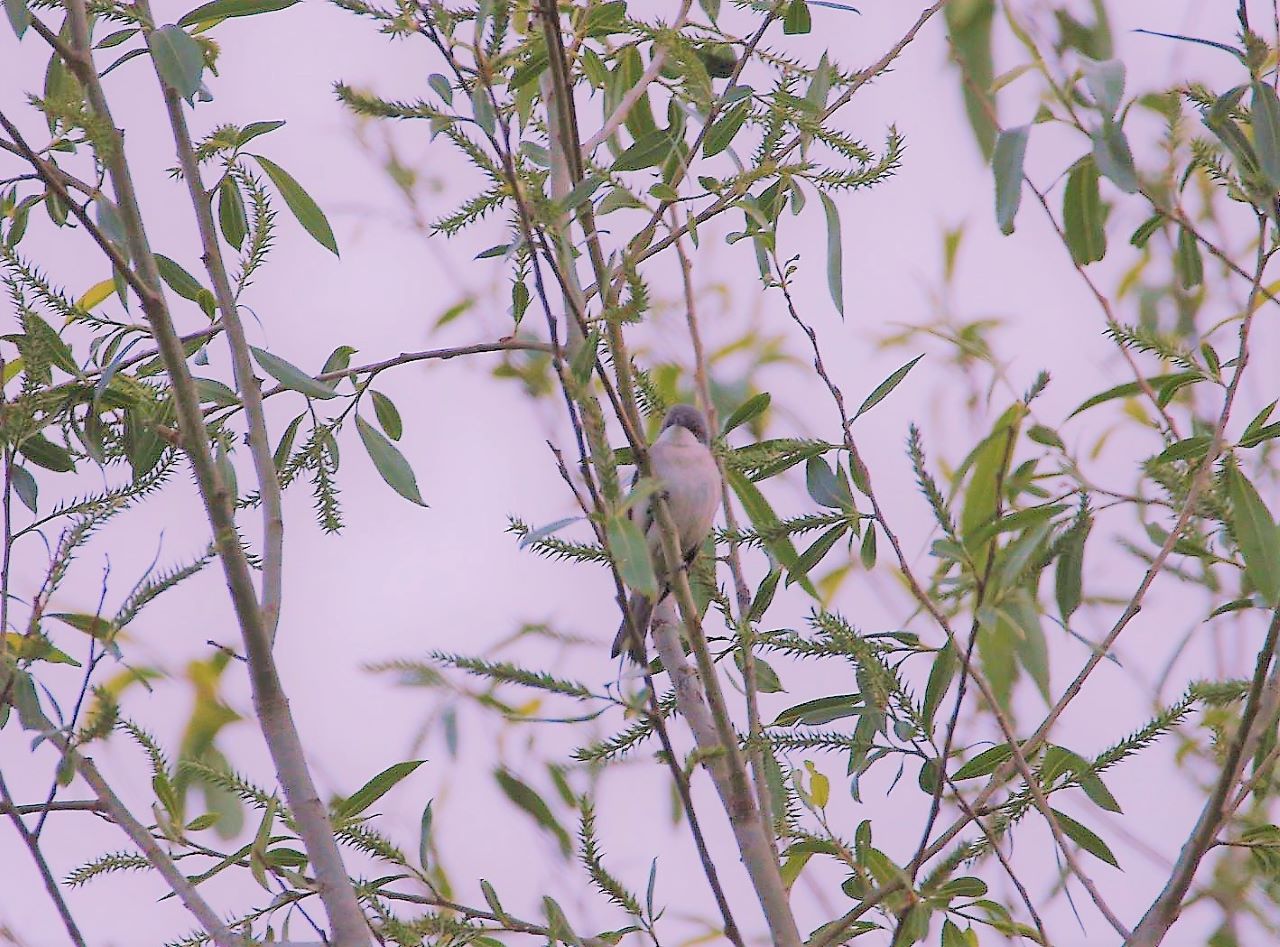

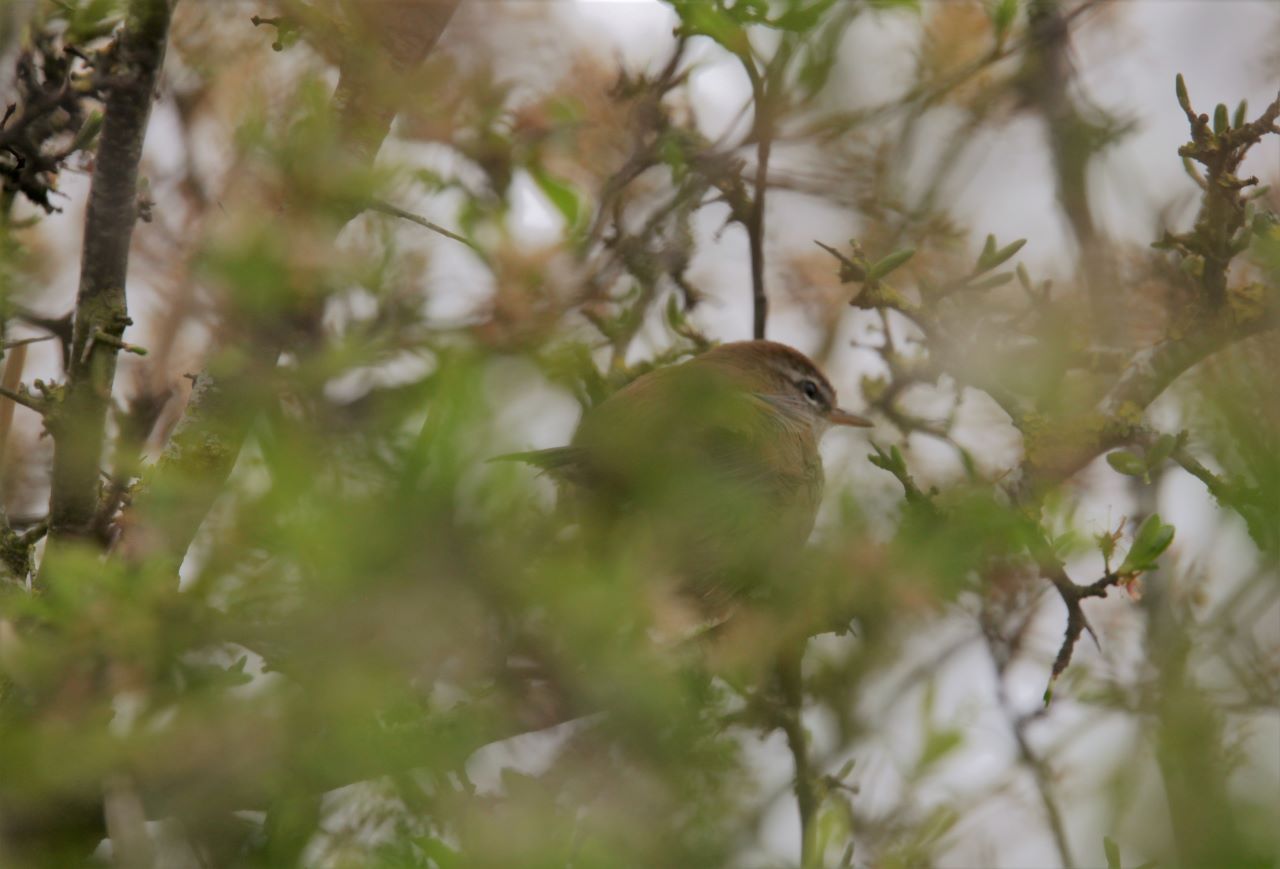
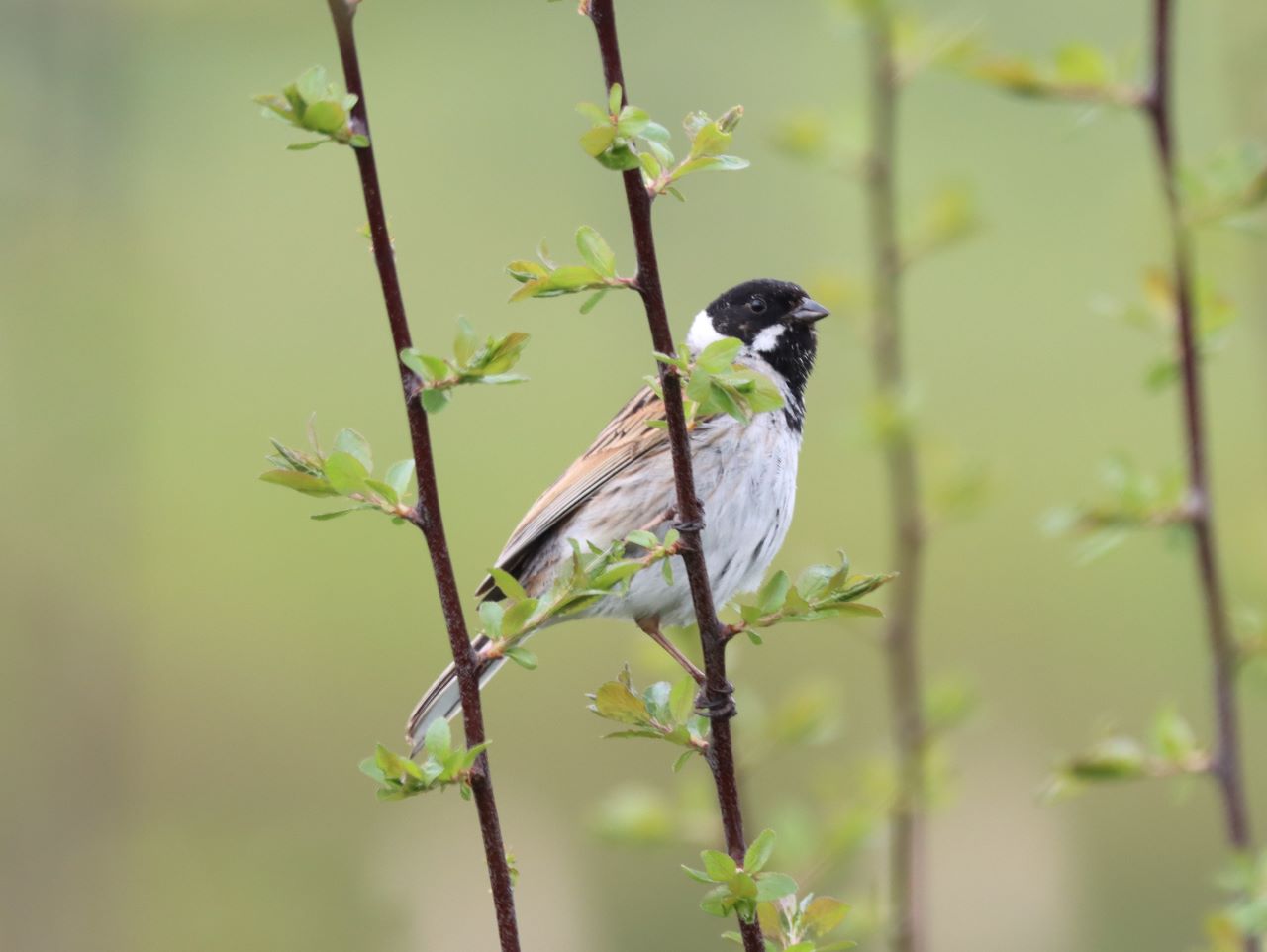

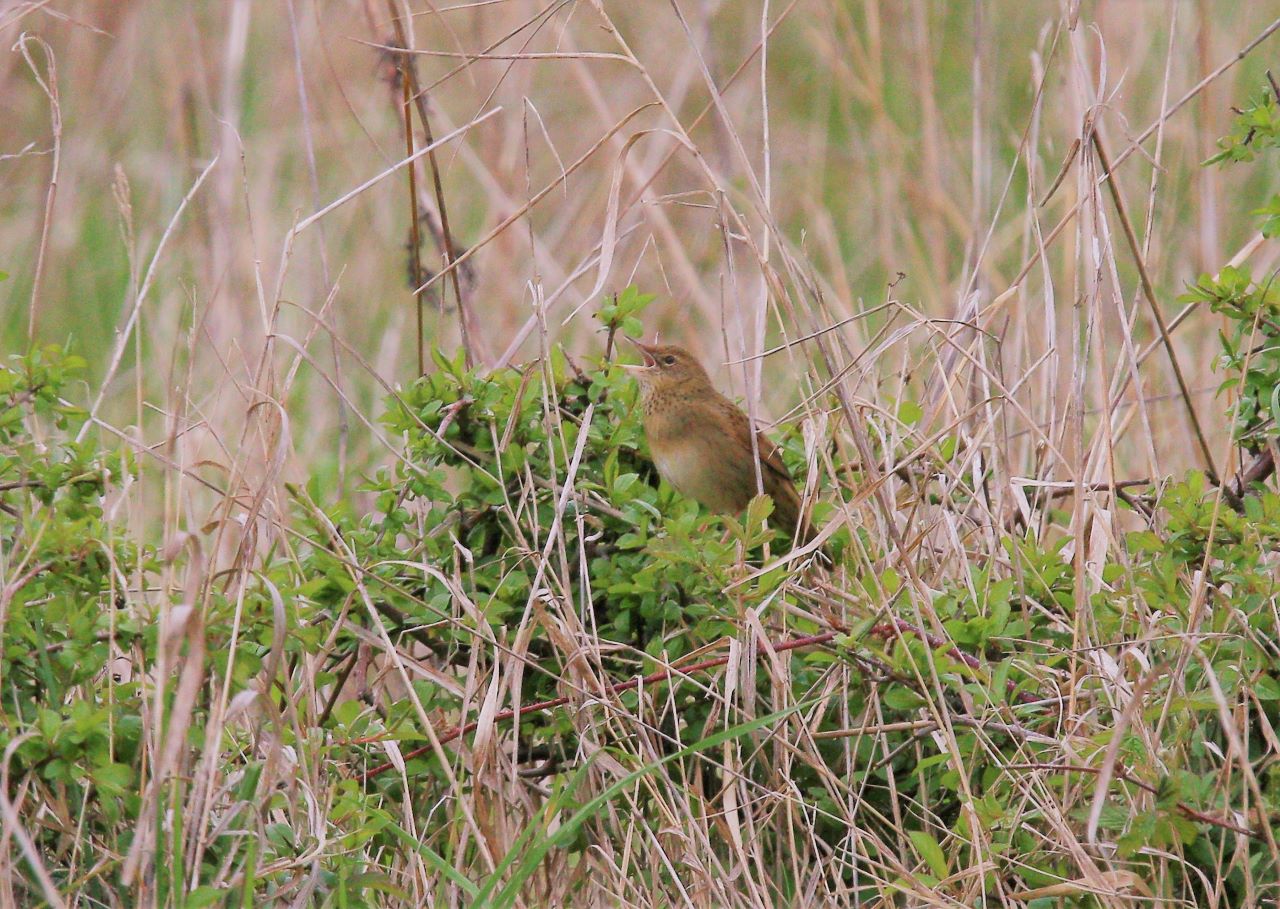

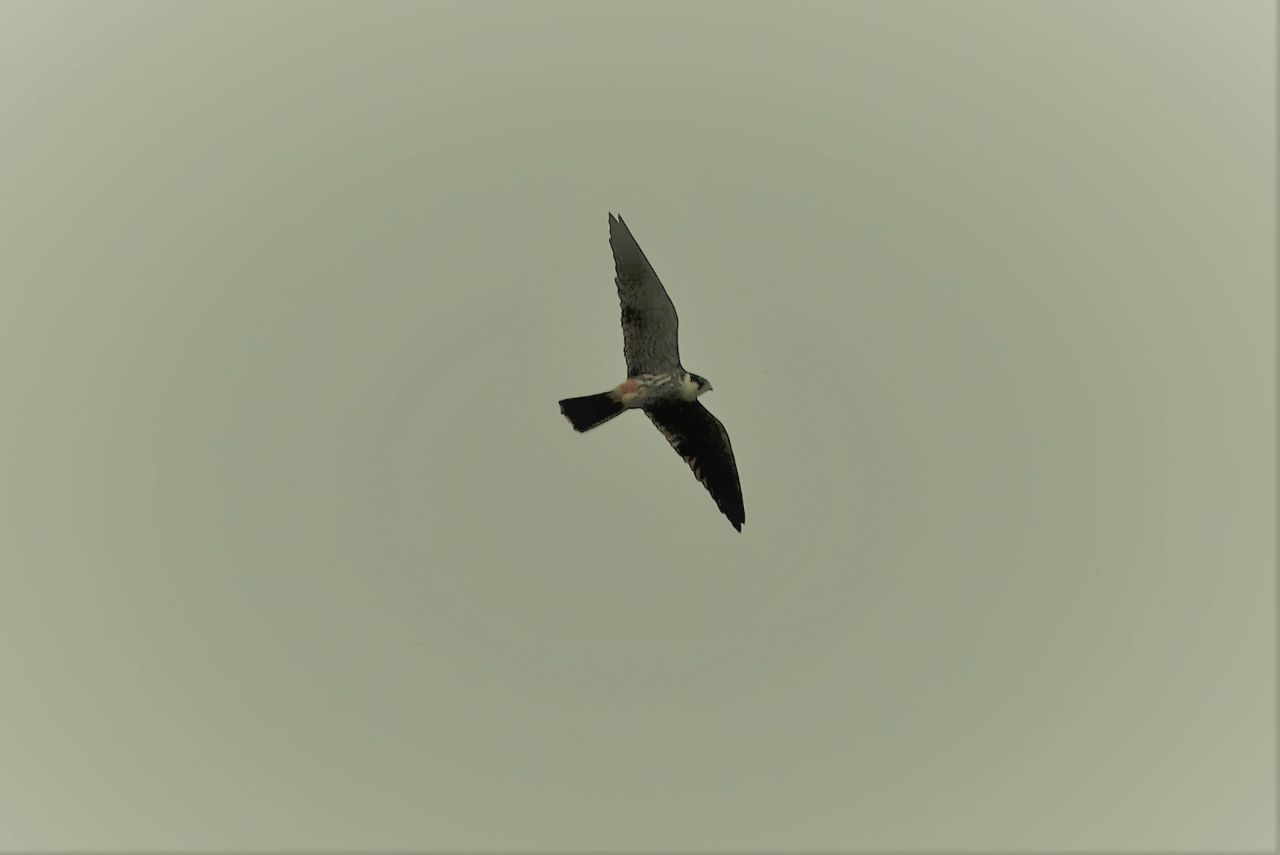

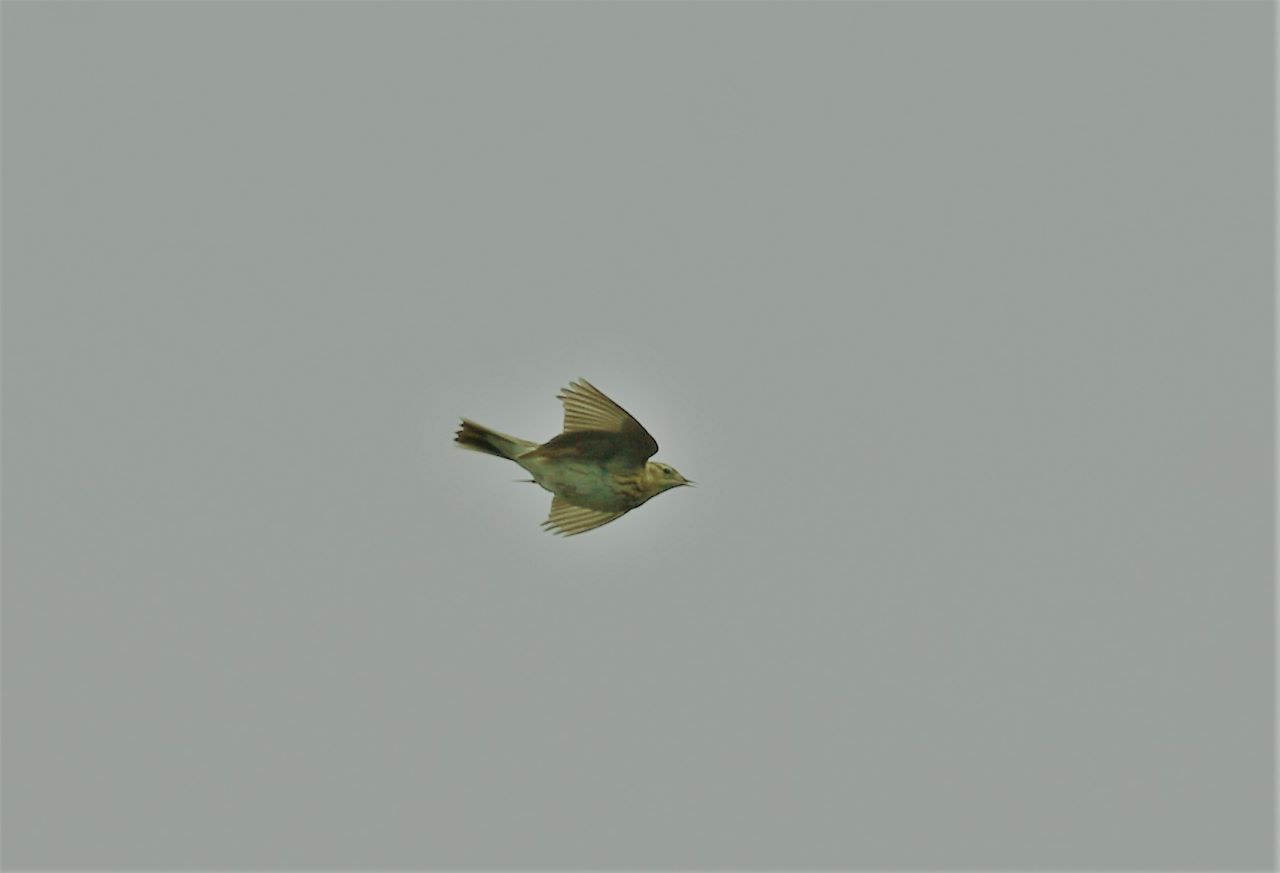


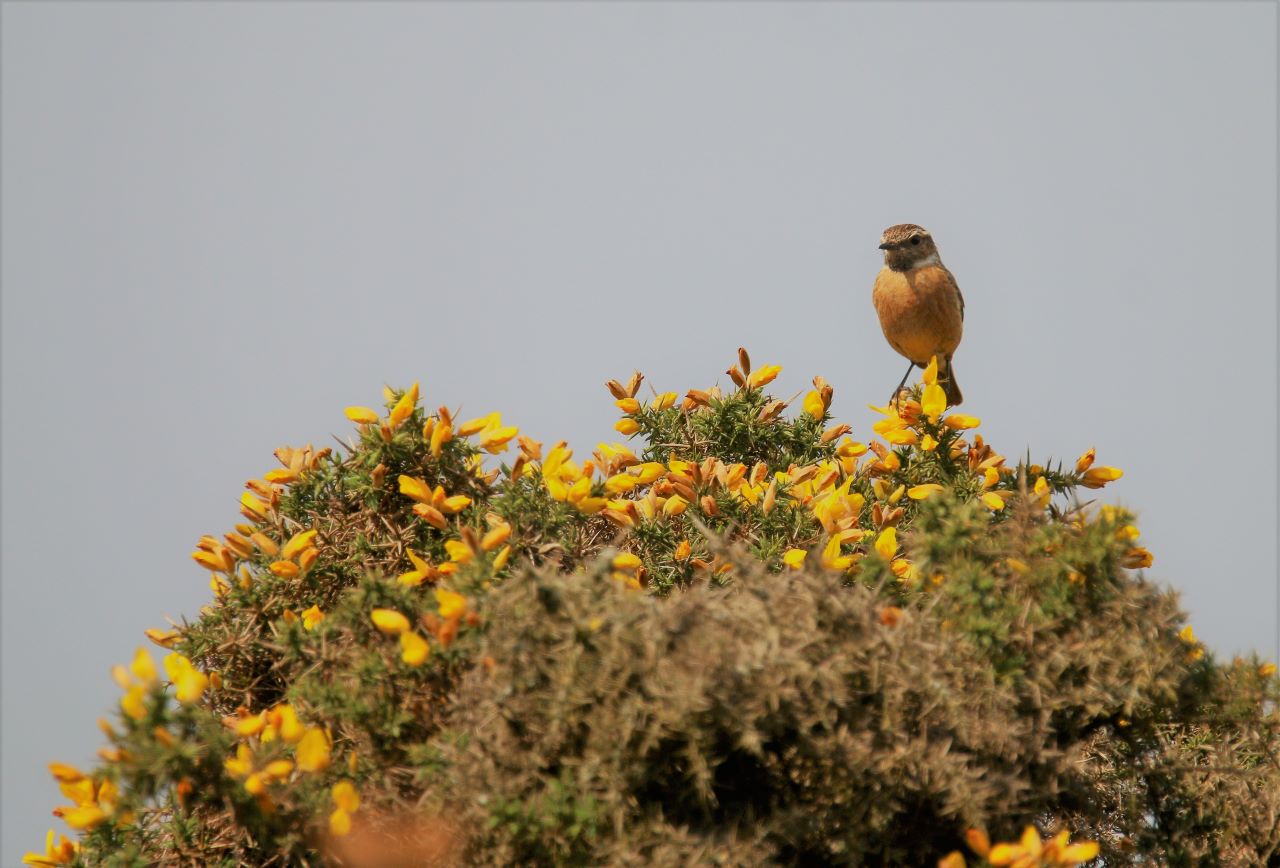
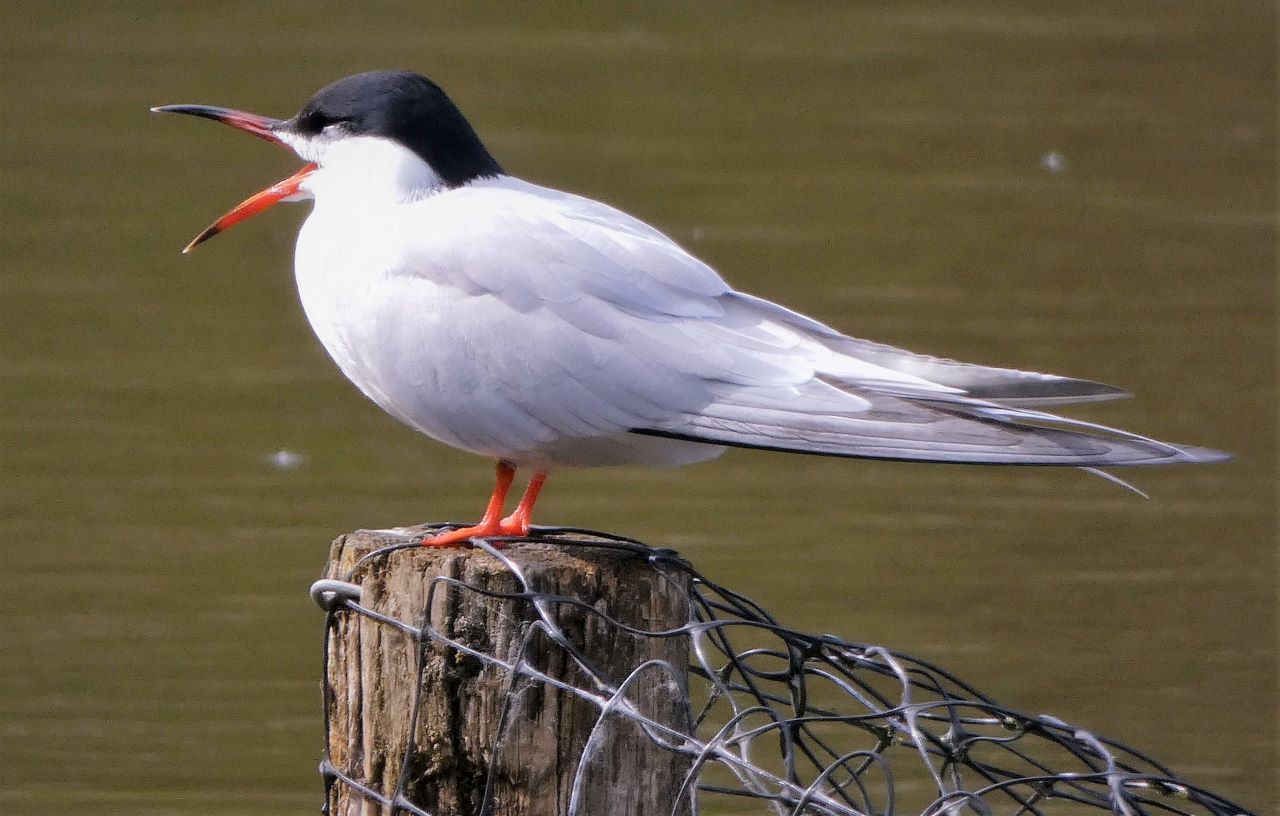
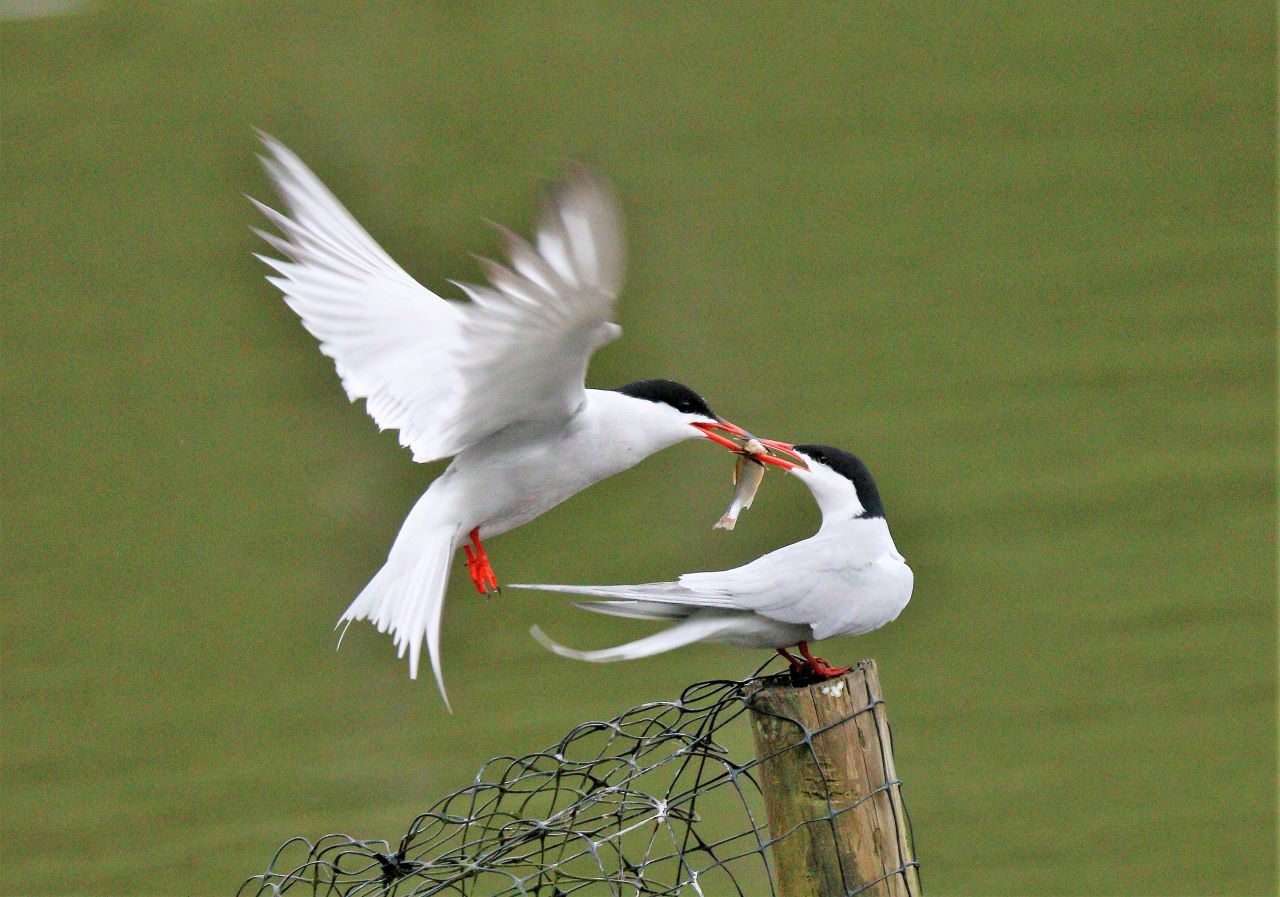
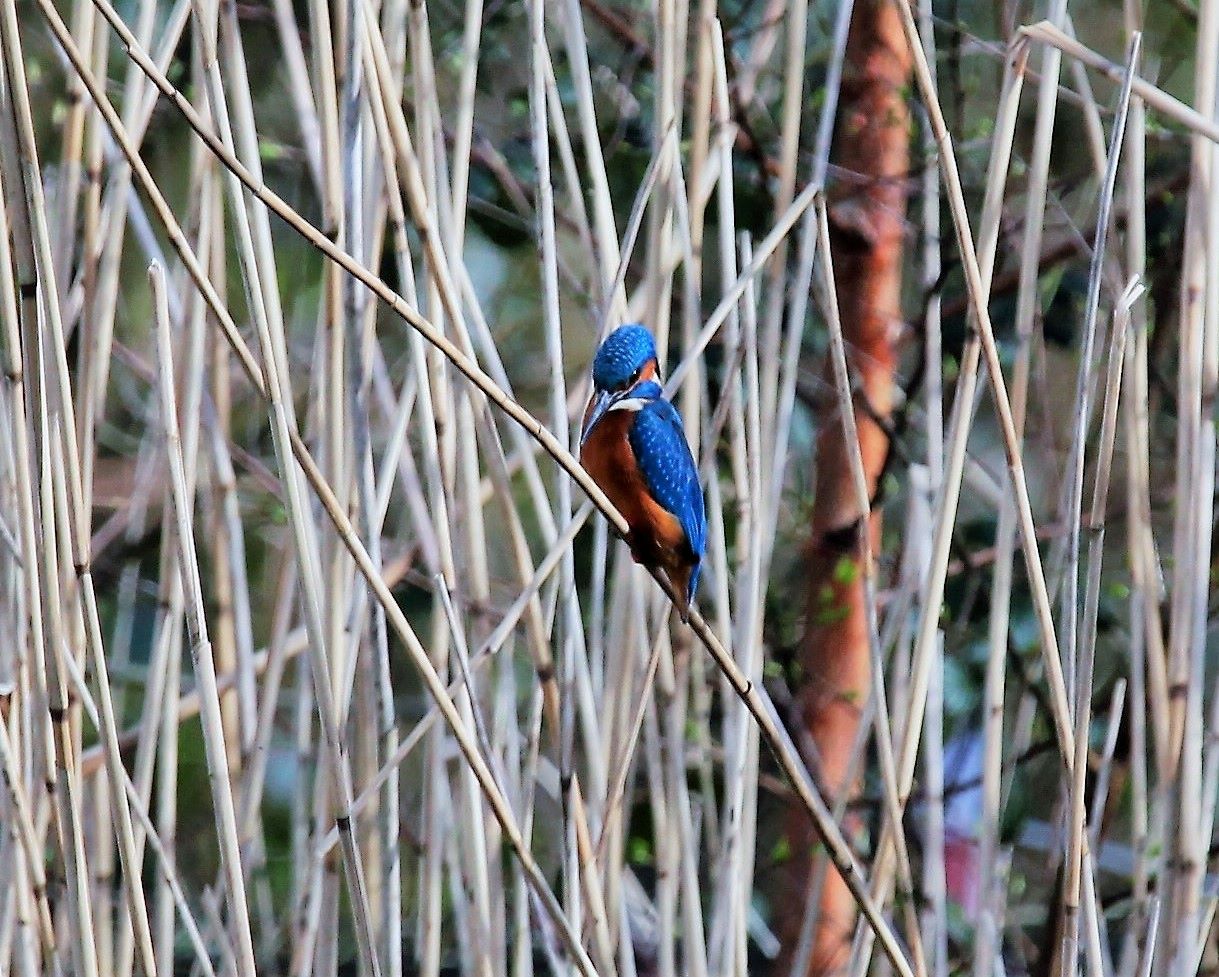
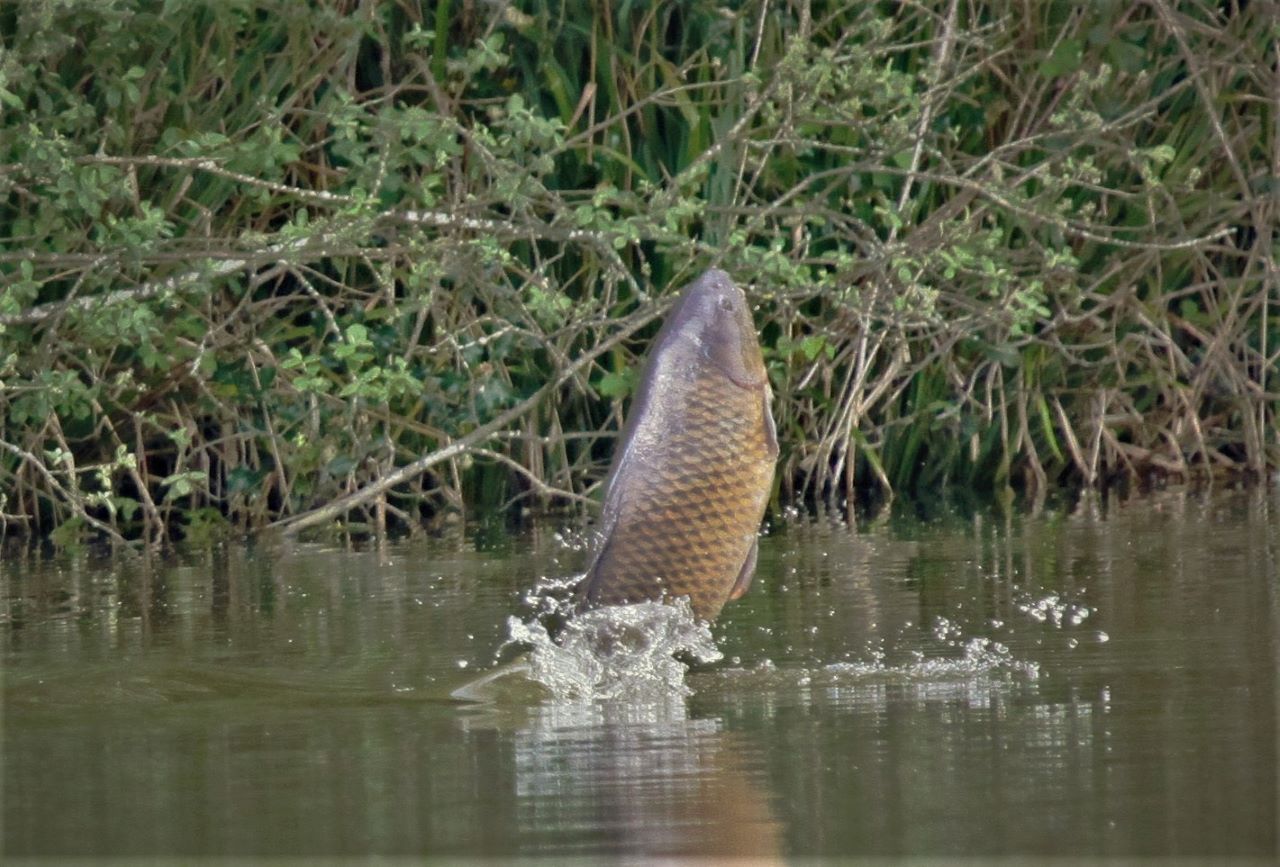
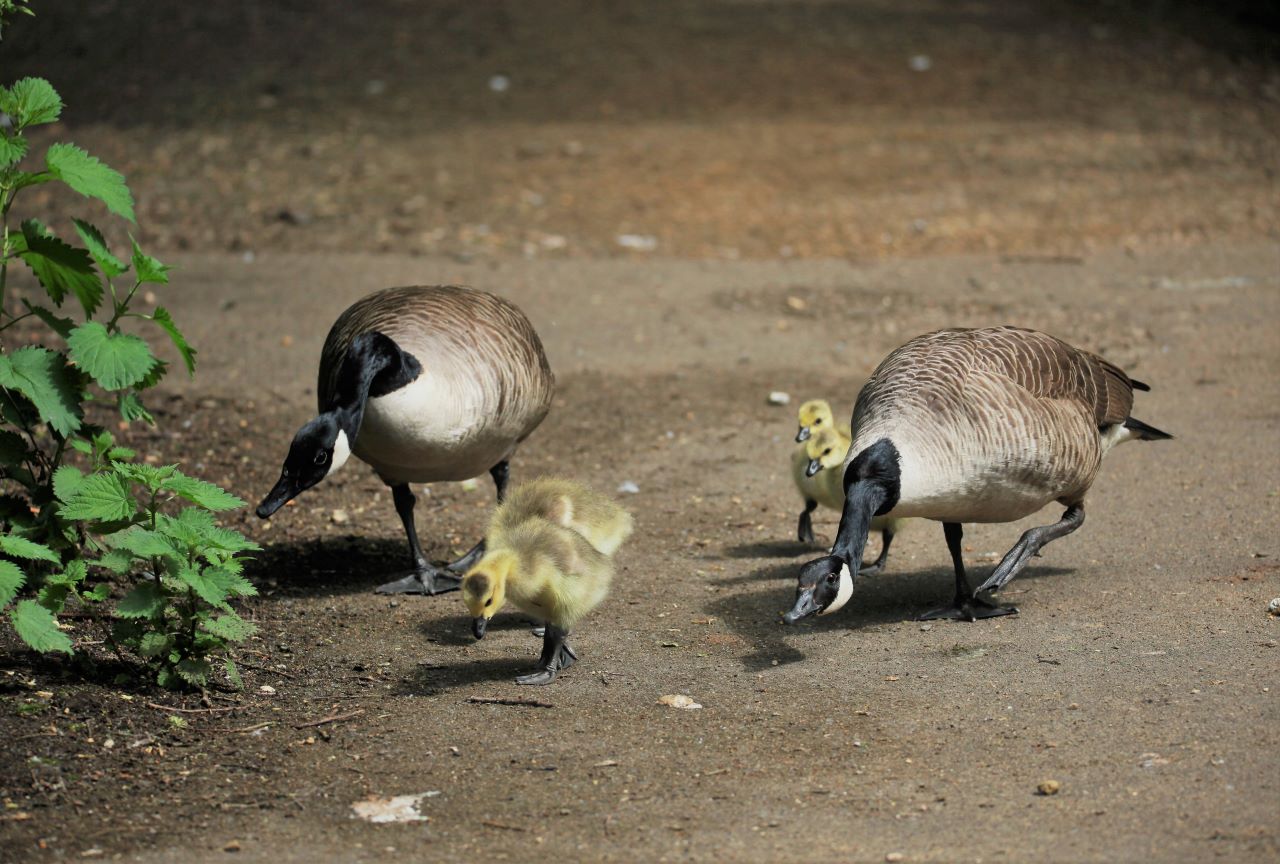

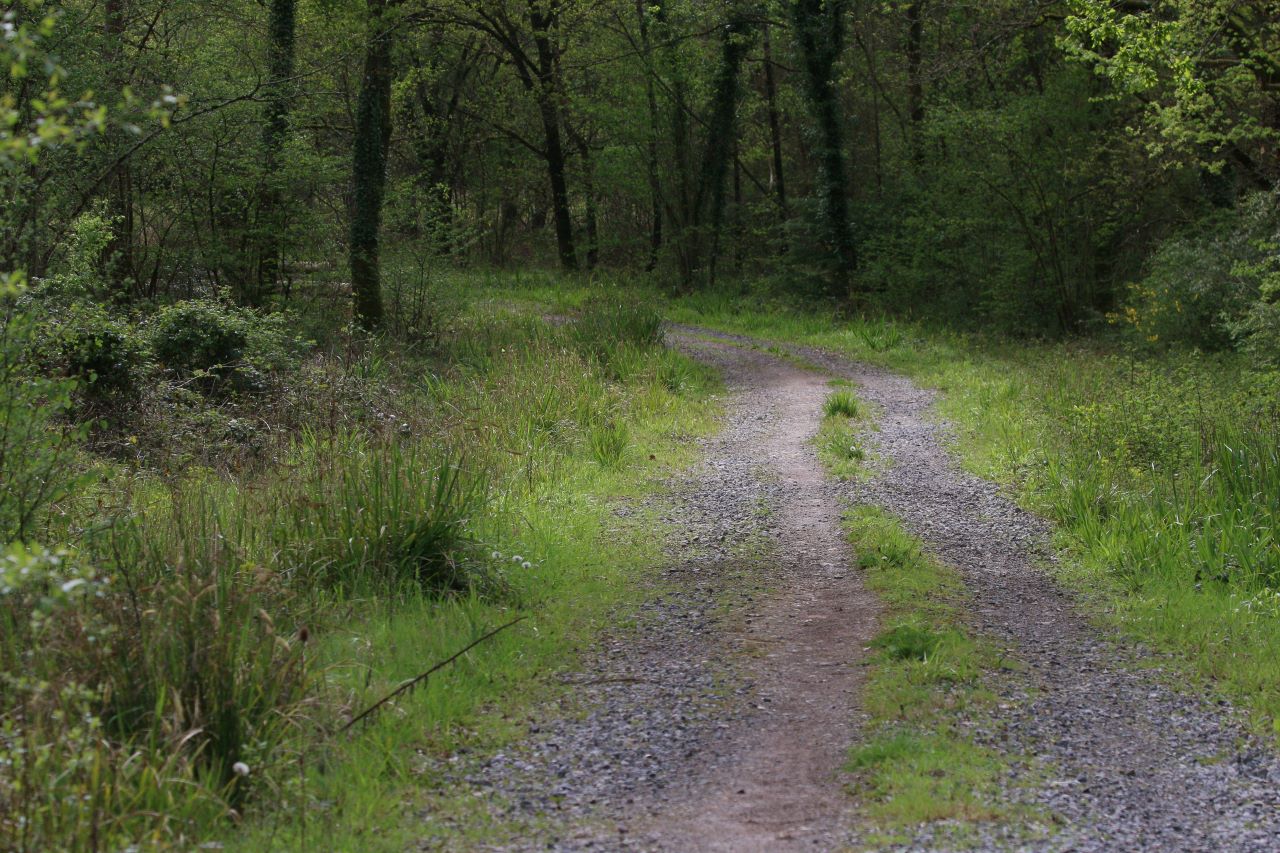
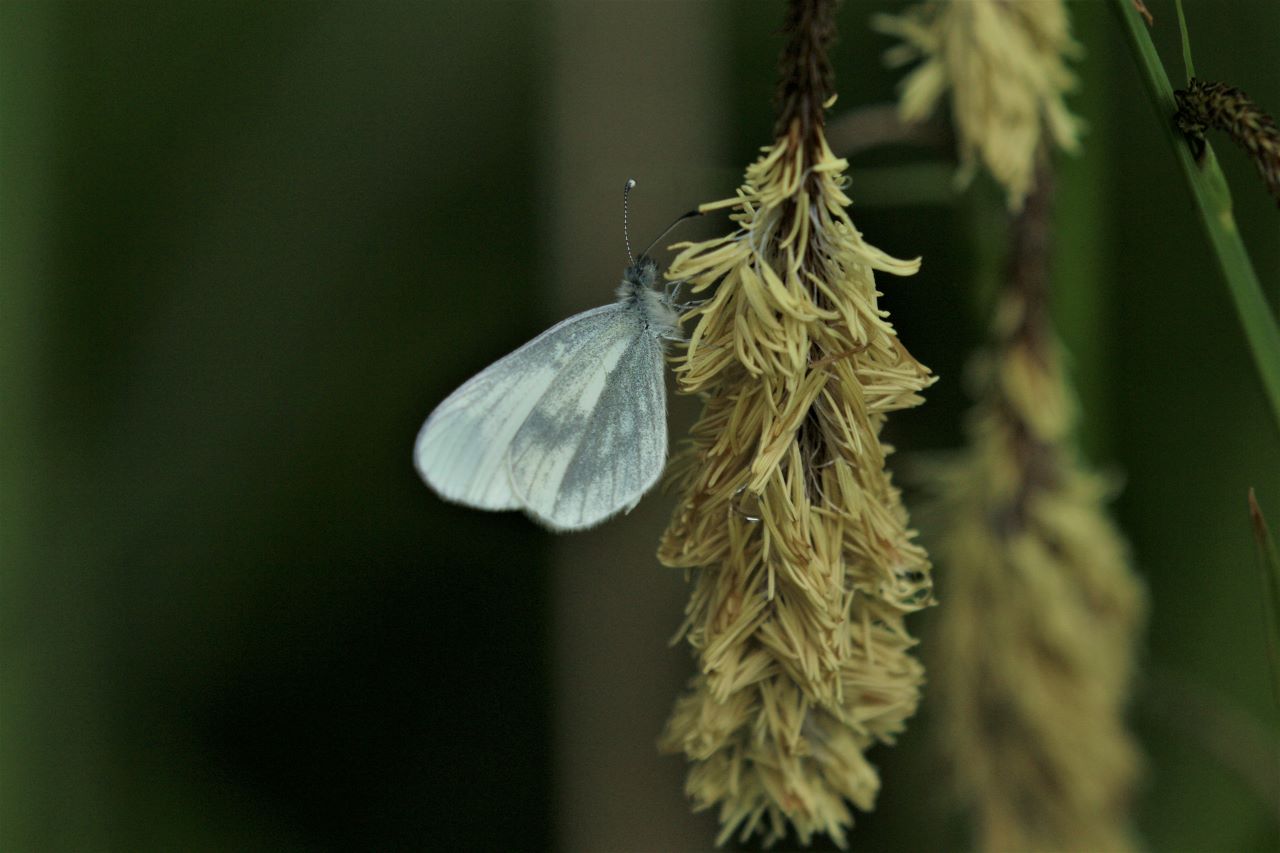

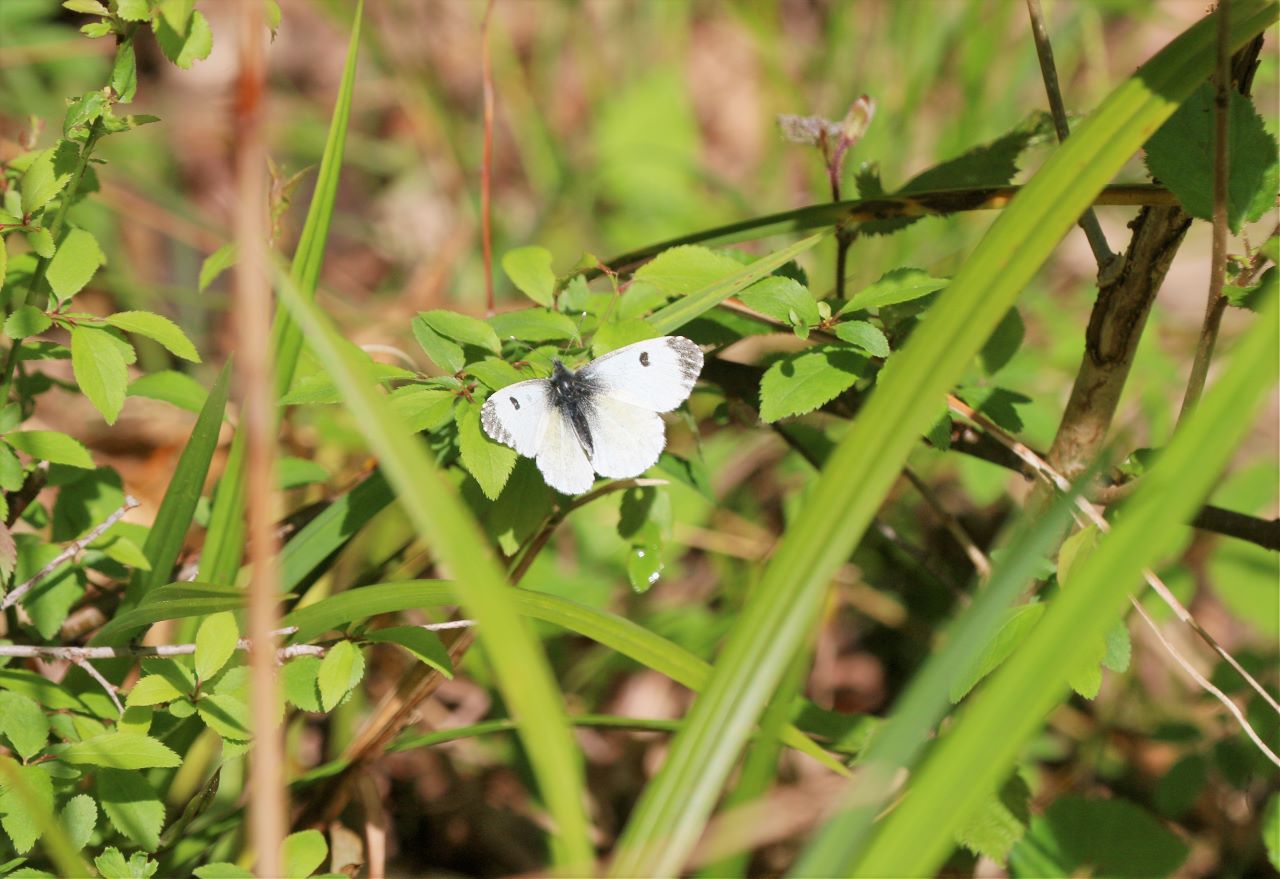
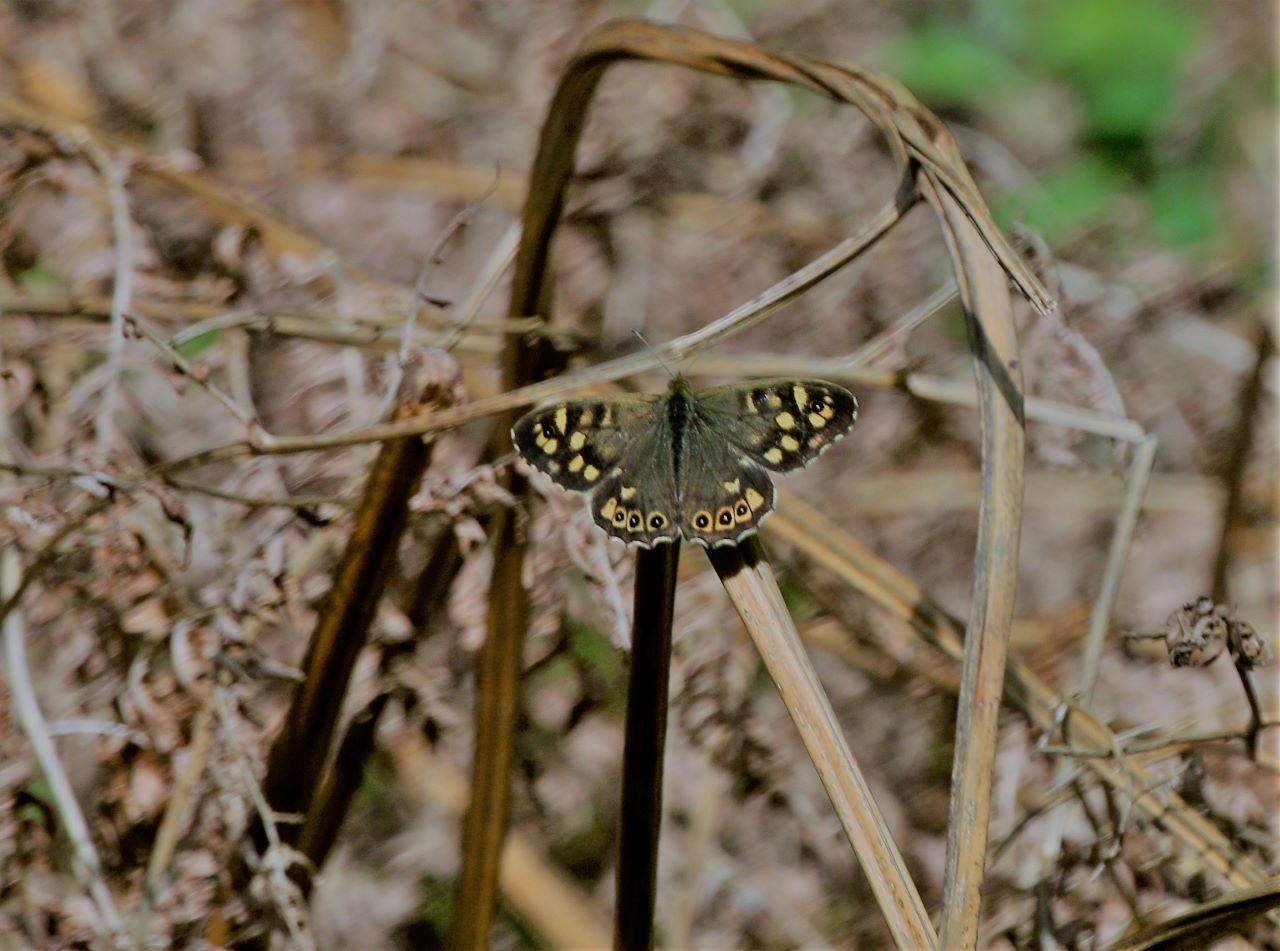
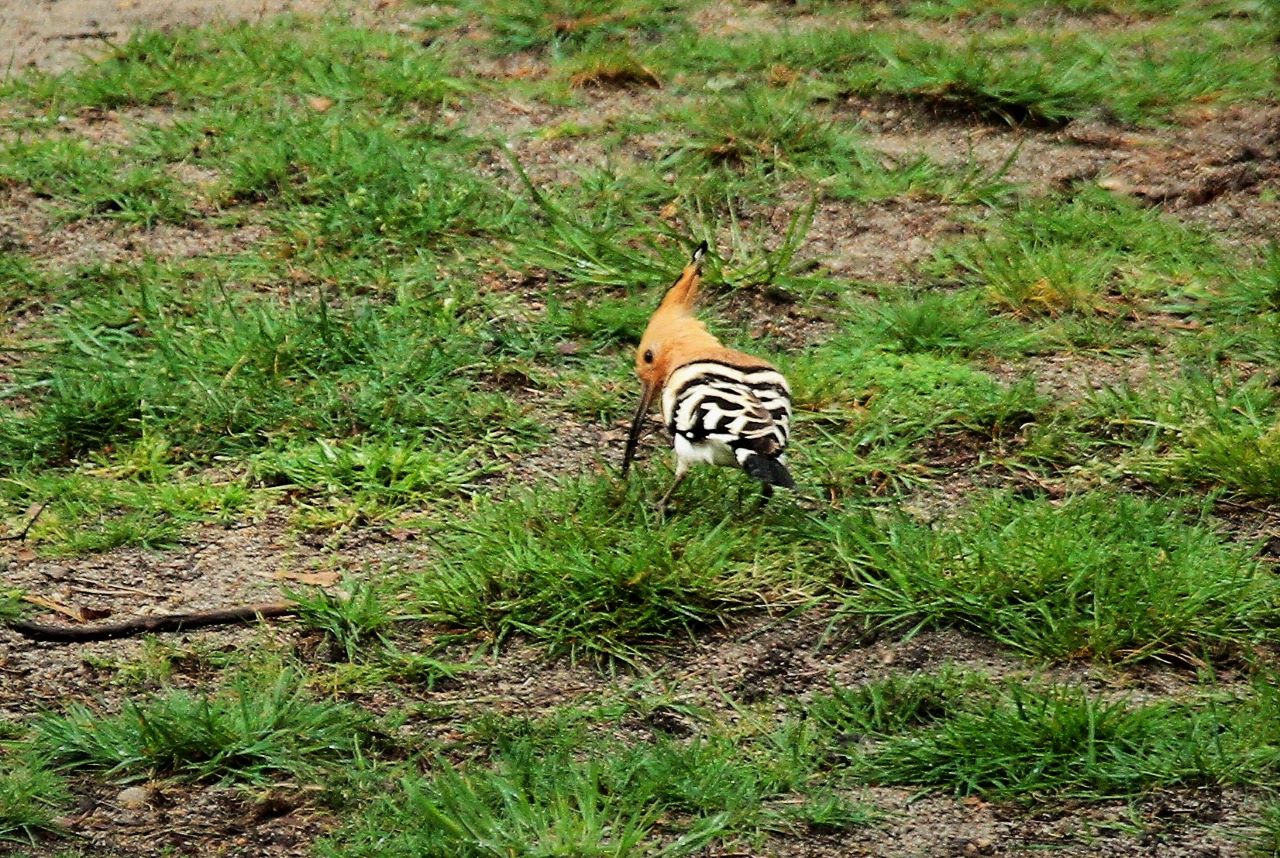



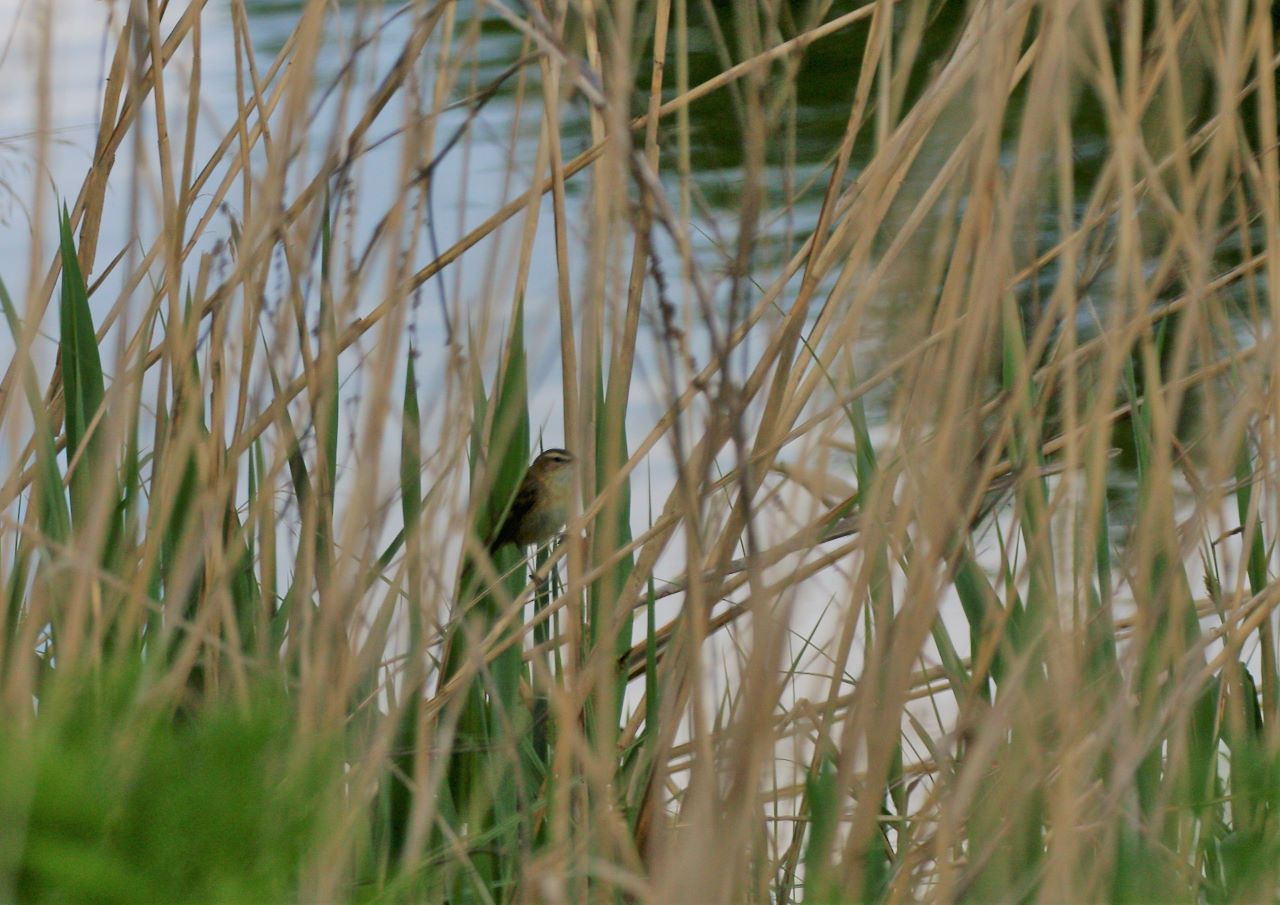
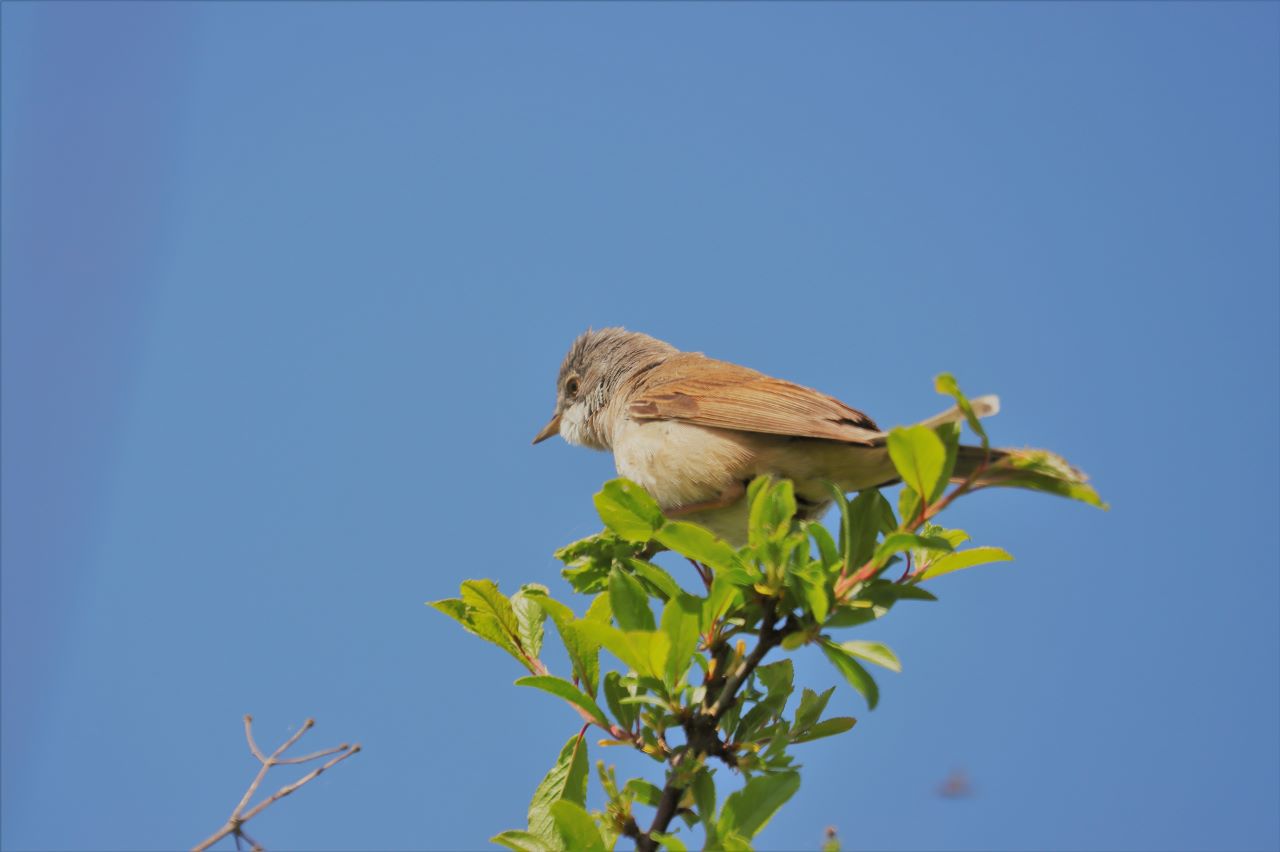
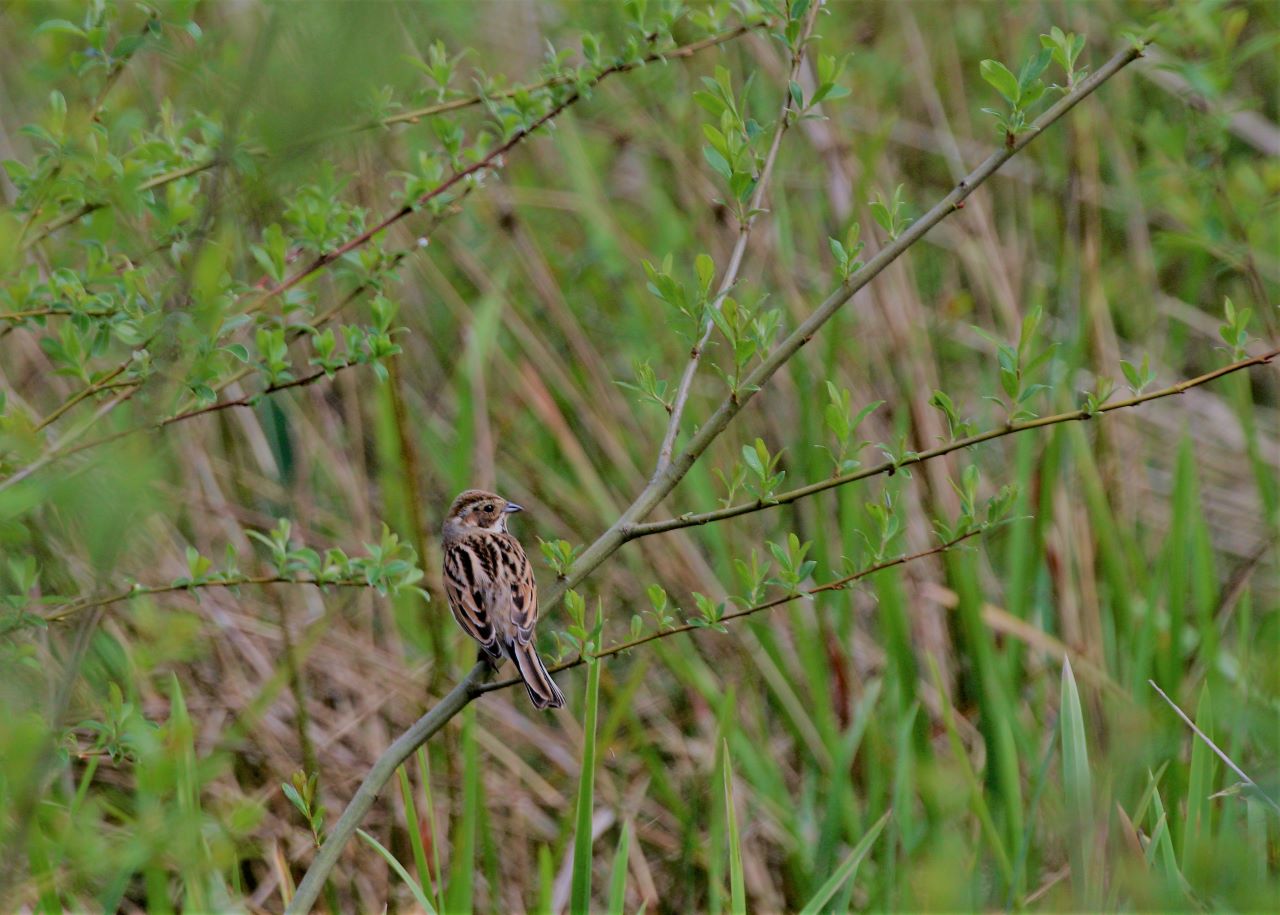


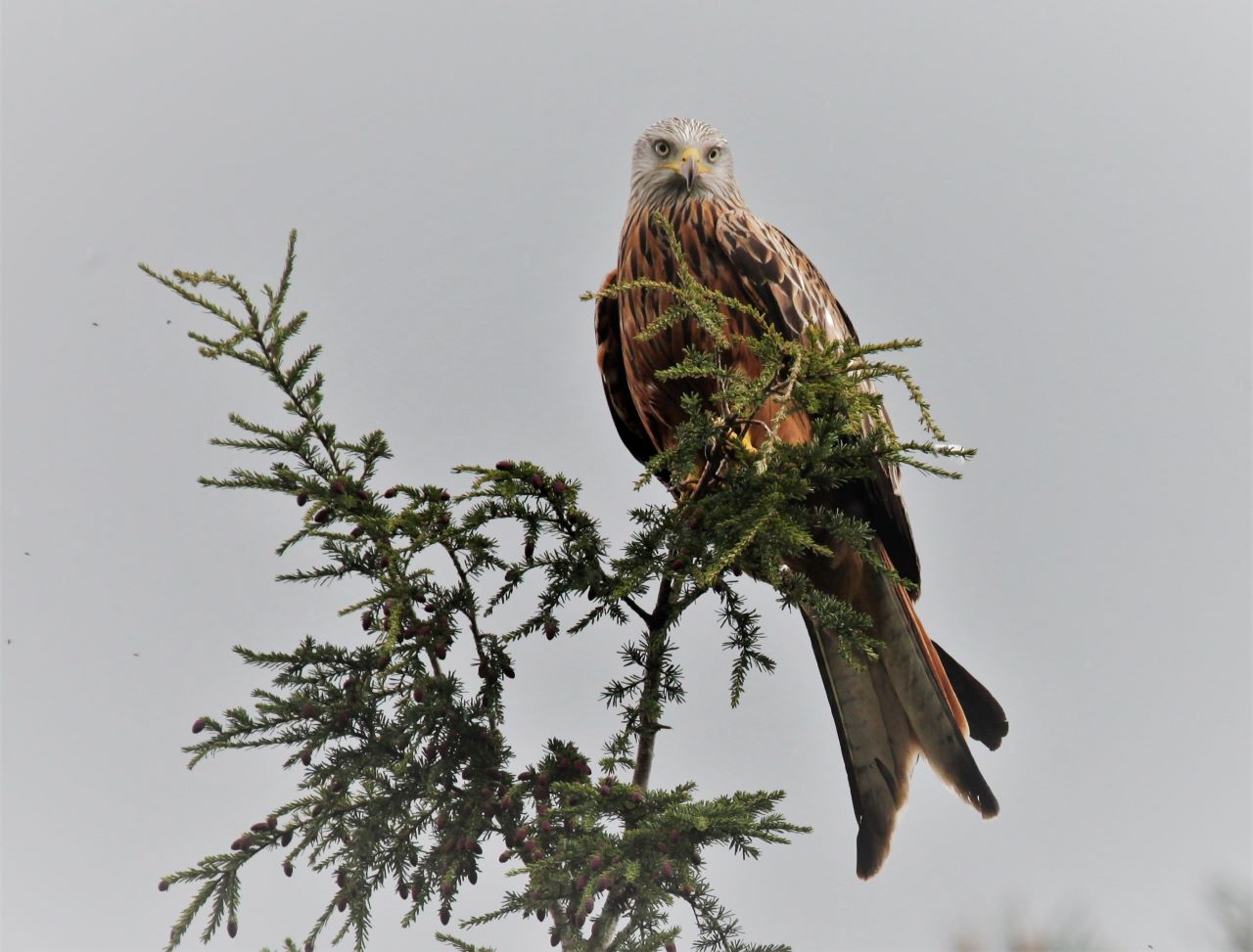
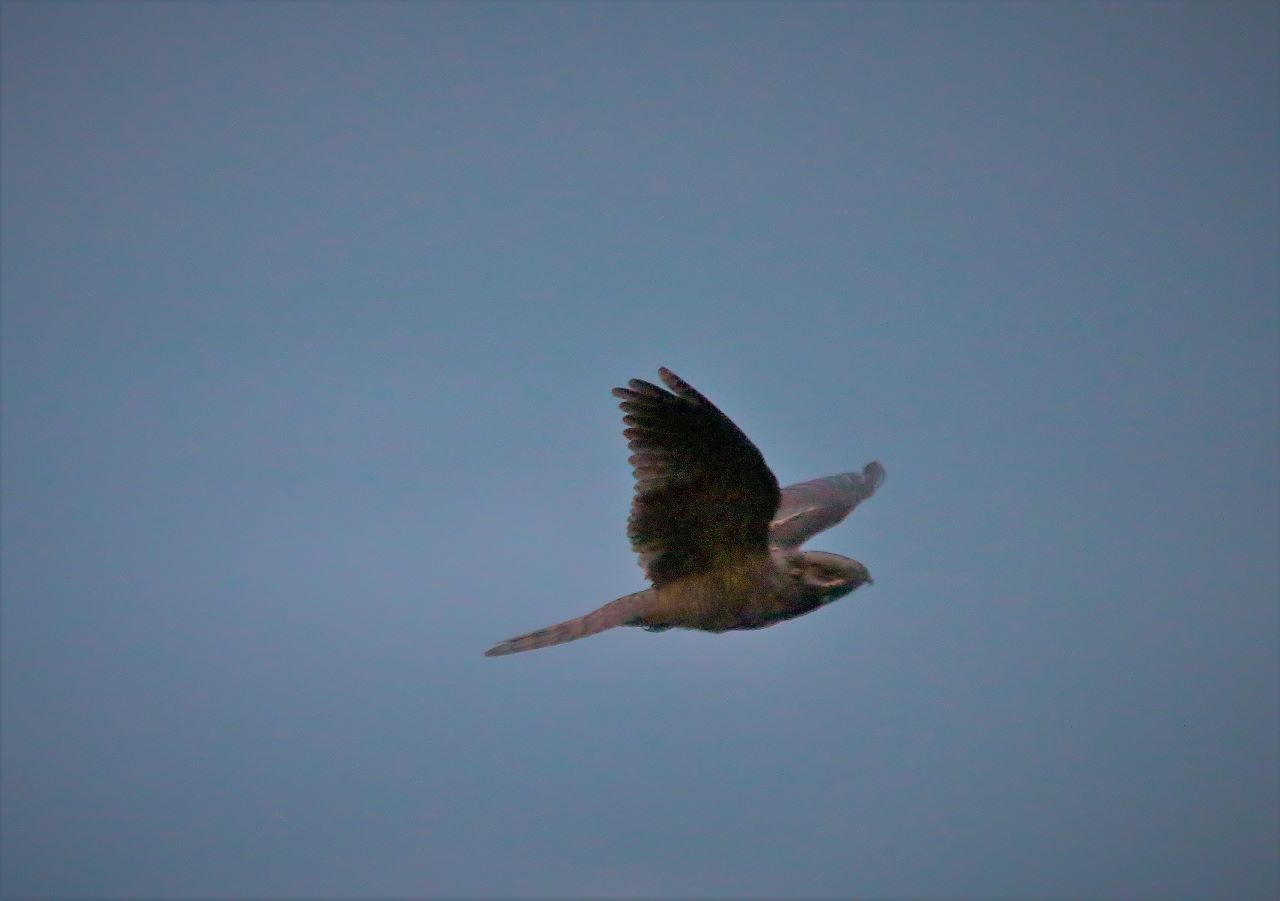






Recent Comments